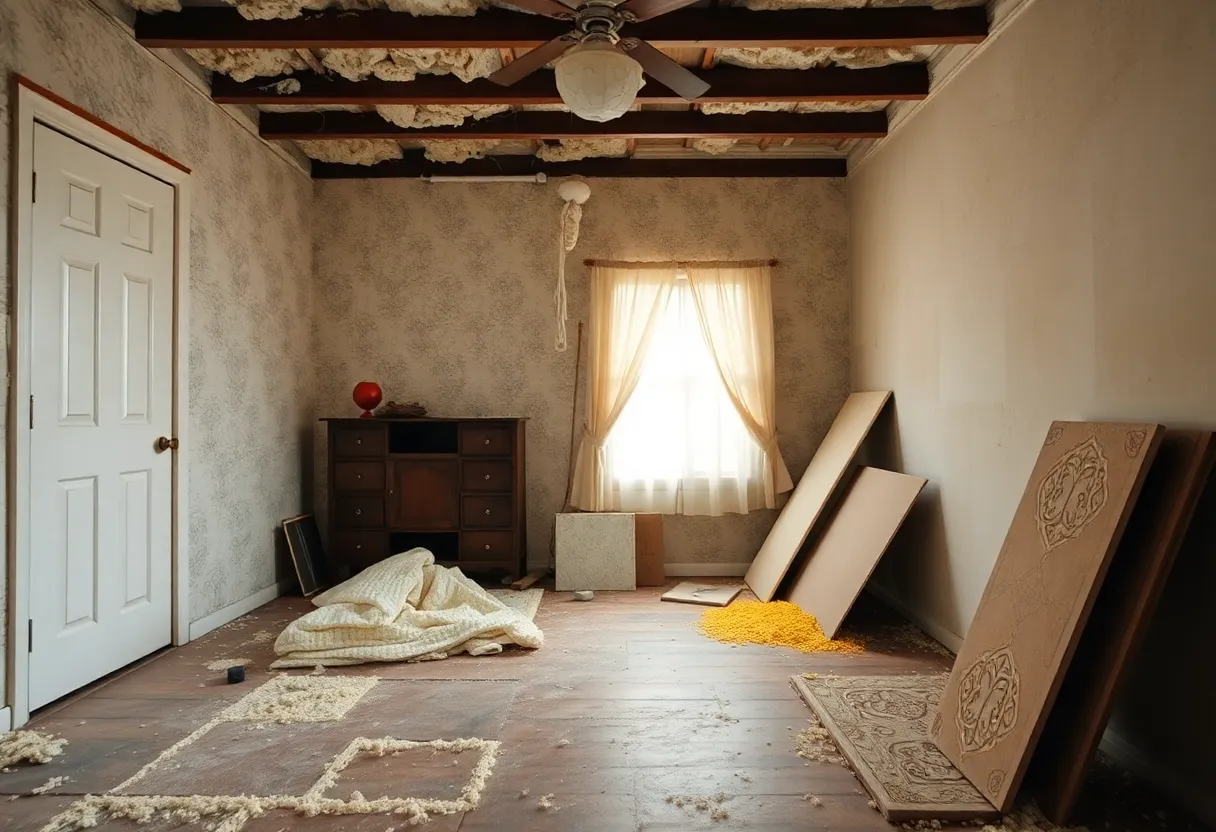News Summary
This article clarifies misconceptions regarding BAP1 mutations and their relationship to mesothelioma, emphasizing the role of asbestos exposure as the primary cause.
The Truth Behind BAP1 Mutations and Mesothelioma: Clearing Up Misconceptions
In recent months, headlines have stirred public confusion regarding the gene BAP1 and its supposed connection to the development of mesothelioma. This article aims to clarify the scientific consensus surrounding this matter and its implications for victims of asbestos exposure.
BAP1 Mutations: A Complicated Relationship with Asbestos
BAP1 mutations may indeed exacerbate the negative effects of asbestos exposure, but they do not independently cause mesothelioma. Research overwhelmingly supports that the only verified cause of mesothelioma in the United States remains exposure to asbestos. BAP1 serves as a tumor suppressor gene, which, in individuals who have been exposed to even low levels of asbestos, can heighten cancer susceptibility.
Extensive epidemiological investigations have clearly established the link between asbestos exposure and serious lung diseases, including mesothelioma. Notably, certain controversial studies have attempted to imply that a simple BAP1 mutation could independently lead to mesothelioma, but these claims contradict established scientific consensus.
The Role of Asbestos Exposure
Experts, including prominent figures in the field of oncology, consistently emphasize that if there is no asbestos exposure, there is no mesothelioma. This fundamental principle remains the cornerstone of understanding this devastating disease. While BAP1 mutations can increase an individual’s sensitivity to asbestos, they do not negate the fact that asbestos exposure is the primary instigating factor.
Funding Controversies and Their Implications
The scientific community is now scrutinizing research conducted by some doctors, such as one who suggests that hereditary BAP1 mutations could result in mesothelioma without any environmental asbestos exposure. Skepticism is heightened by the fact that this research has ties to corporate funding from major asbestos manufacturers. This raises ethical questions about the influence of corporate interests on scientific inquiry.
Meanwhile, significant funding from these corporations, like the over $7 million directed to mesothelioma research by a leading manufacturer, further complicates the evaluation of findings related to BAP1 mutations and mesothelioma risk. The financial backing of certain research projects raises alarms about the potential for biased results that may mislead both patients and the general public.
Advocacy for Victims and the Importance of Accurate Information
Misinformation surrounding BAP1 and its implications for mesothelioma could lead to emotional distress for patients and their families. It is crucial for victims of asbestos exposure to understand that a BAP1 mutation might enhance susceptibility, but a mesothelioma diagnosis is never the individual’s fault. This disease inherently requires exposure to asbestos.
Legal avenues for compensation remain critical as individuals grapple with the long-term impacts of asbestos exposure. Numerous advocacy groups urge caution against misleading claims and recommend that patients consult with reputable medical professionals, especially regarding genetic testing.
Current Legislative Developments and Health Risks
The legal landscape surrounding asbestos exposure is also under scrutiny. The Environmental Protection Agency has been reconsidering a ban on chrysotile asbestos, leading to fears that reversing this ban could result in a surge of future asbestos-related disease cases. Various advocacy groups continue to raise alarms about this potential reversal and the implications it could have for public health.
Legal actions aimed at the EPA’s proposed ban are underway, with claims suggesting the ban lacks proper justification. This echoes a historical precedent from 1989, when a similar attempt was overturned by the court.
Moreover, recent legal outcomes, such as the South Carolina Supreme Court ruling against a company in a wrongful death case tied to mesothelioma, illustrate that companies must be held accountable for their role in exposing individuals to this deadly substance.
Conclusion
The intertwined narratives of BAP1 mutations and mesothelioma require careful examination to prevent the spread of misinformation. Despite some emerging theories, the consensus remains clear: asbestos exposure is the only established cause of mesothelioma. As legal issues evolve and advocacy efforts intensify, it is imperative for victims to seek authentic information and support for their ongoing battles against this life-altering disease.
For individuals seeking assistance, connecting with experienced legal advocates is crucial. Free case evaluations are available to help victims understand their rights and pursue justice effectively.
Deeper Dive: News & Info About This Topic
HERE Resources
Los Angeles Wildfires: A Hidden Danger of Asbestos Contamination Looms Over Cleanup Efforts
Libby Asbestos Clinic in Crisis: Federal Court Hearing Sparks Controversy
The Lingering Danger of Asbestos: A Call for Action
Clinic Closure Leaves Libby Residents in the Lurch
The Looming Danger: Asbestos Regulations in Jeopardy
Potential Asbestos Ban Under Review as Health Risks Persist
EPA Seeks Pause in Asbestos Regulation Litigation Amid Industry Concerns
School District of Philadelphia Faces Federal Charges Over Asbestos Violations
Mounting Concerns Over Asbestos Use in America
Groundbreaking Criminal Charges Against Philadelphia School District Over Asbestos Mismanagement
Additional Resources
- Asbestos.com: Asbestos Ban Future is Uncertain
- Wikipedia: Asbestos
- Mesothelioma Guide: Philadelphia School District Under Investigation for Asbestos
- Google Search: Asbestos Exposure and Health Risks
- Newsweek: Trump Rolling Back Asbestos Ban Sparks Warning
- Google Scholar: Mesothelioma Research
- Asbestos.com: Court Ruling Shifts Mesothelioma Lawsuits
- Encyclopedia Britannica: Mesothelioma



















